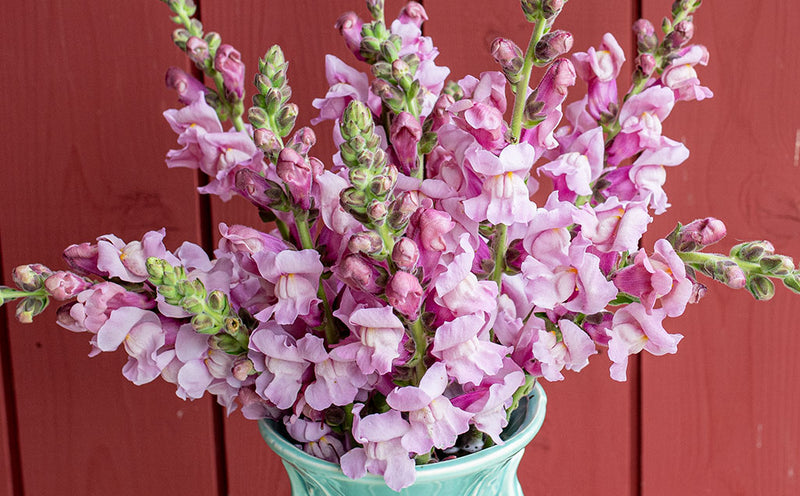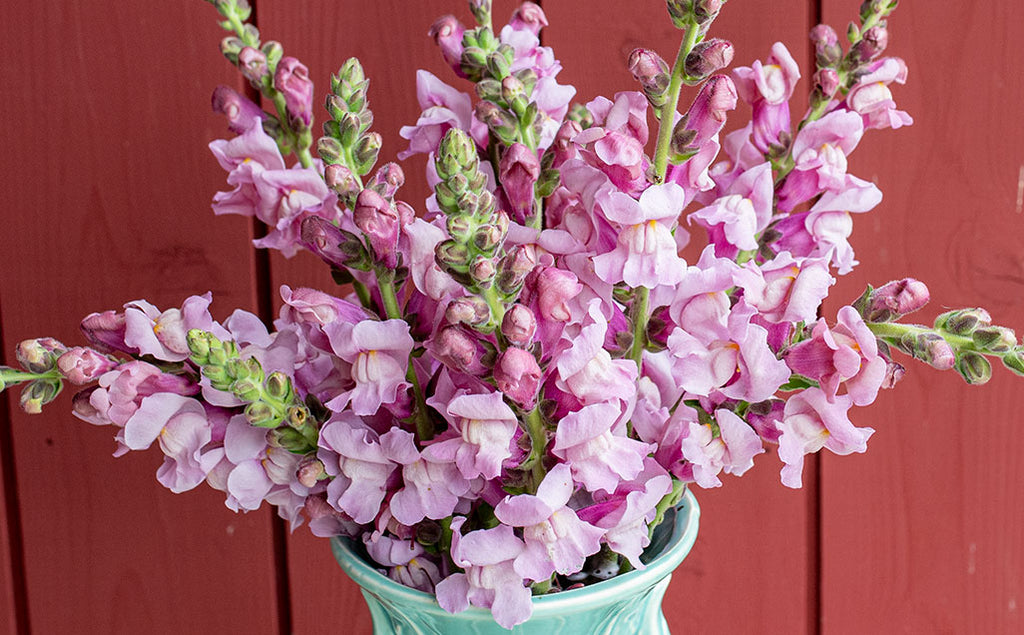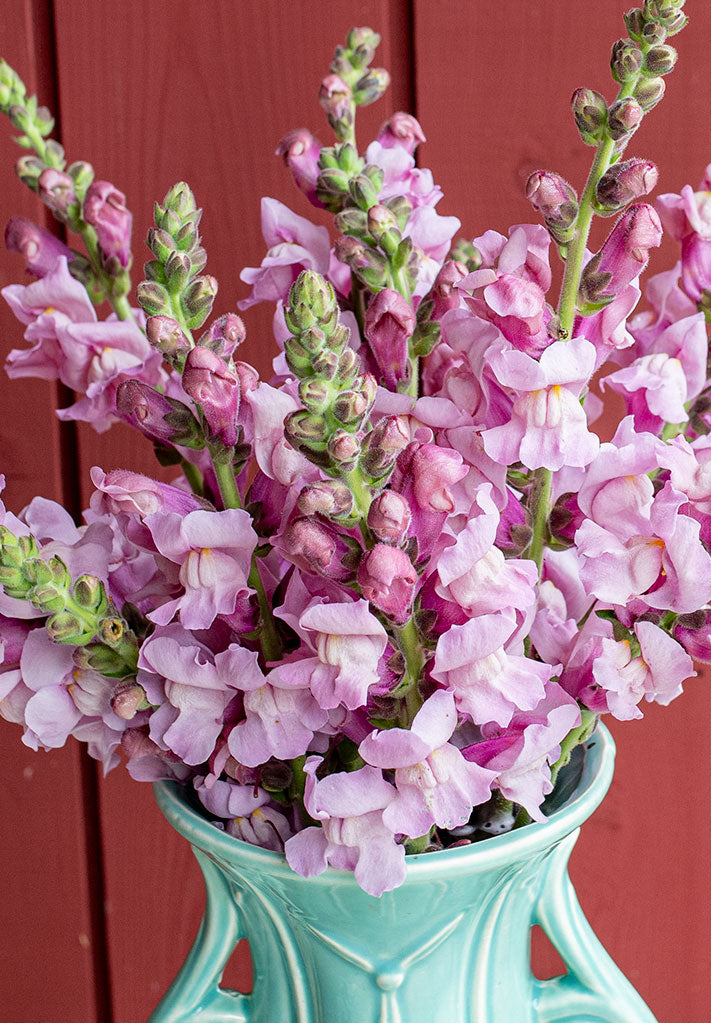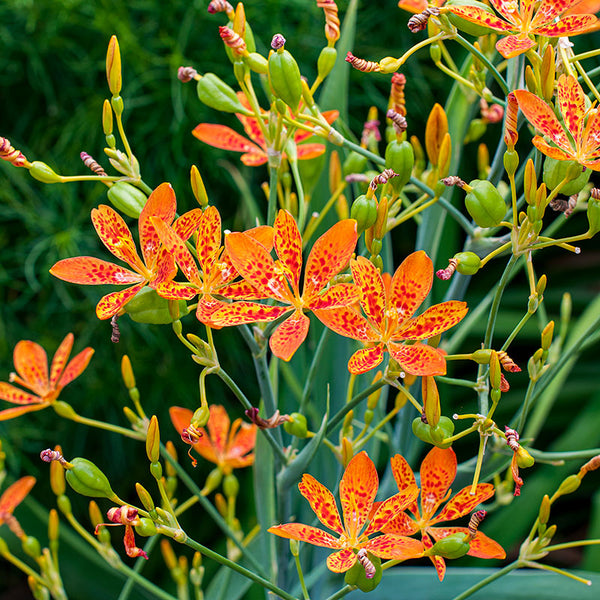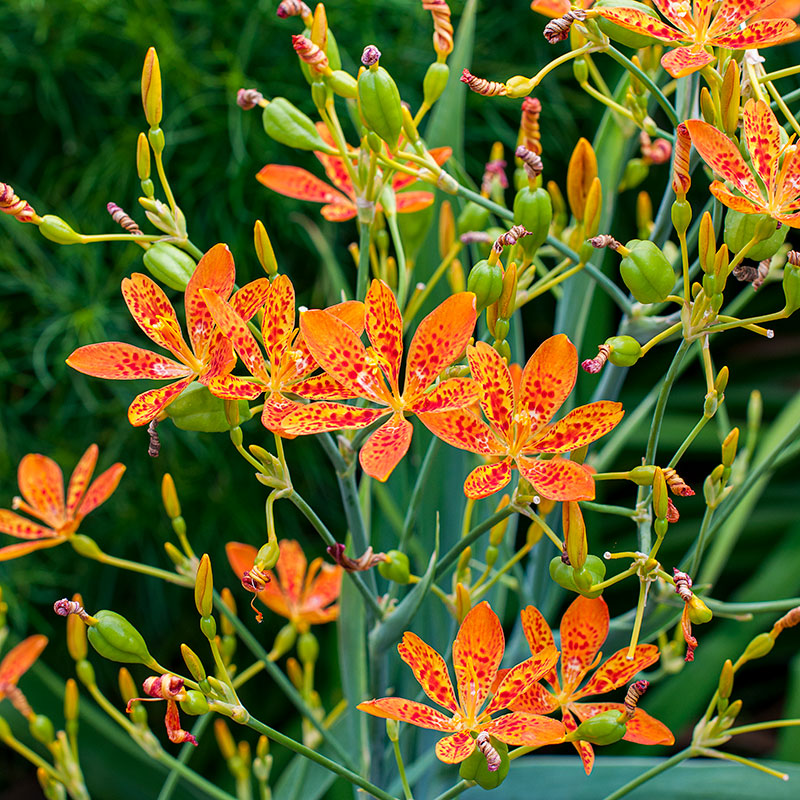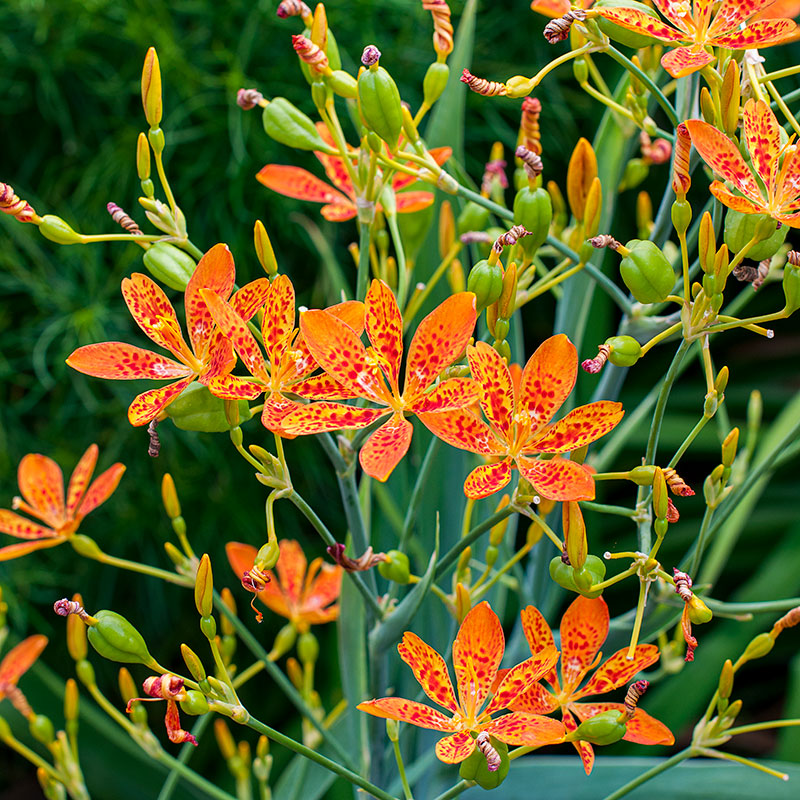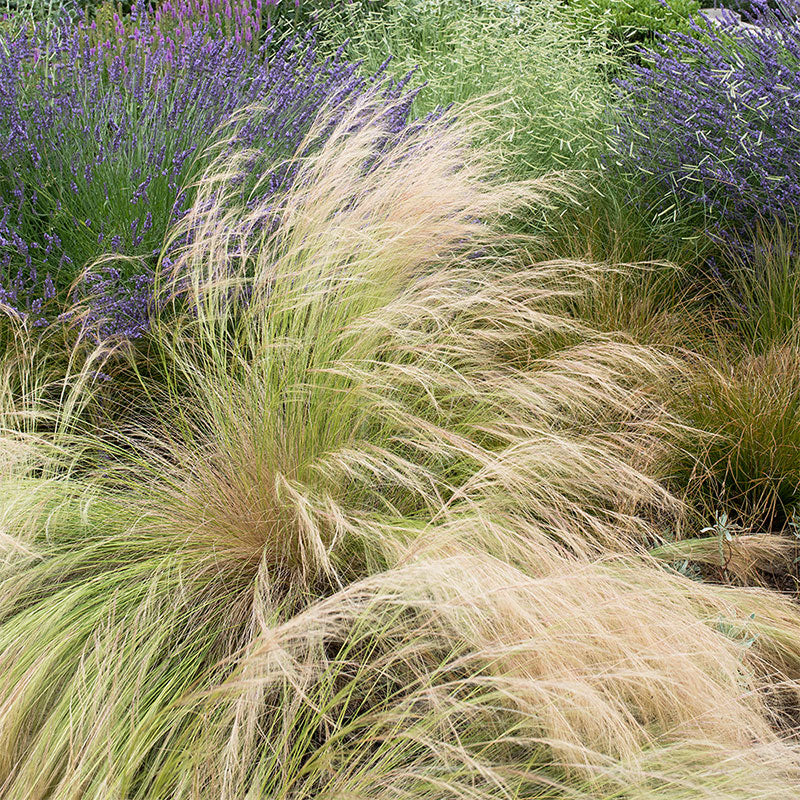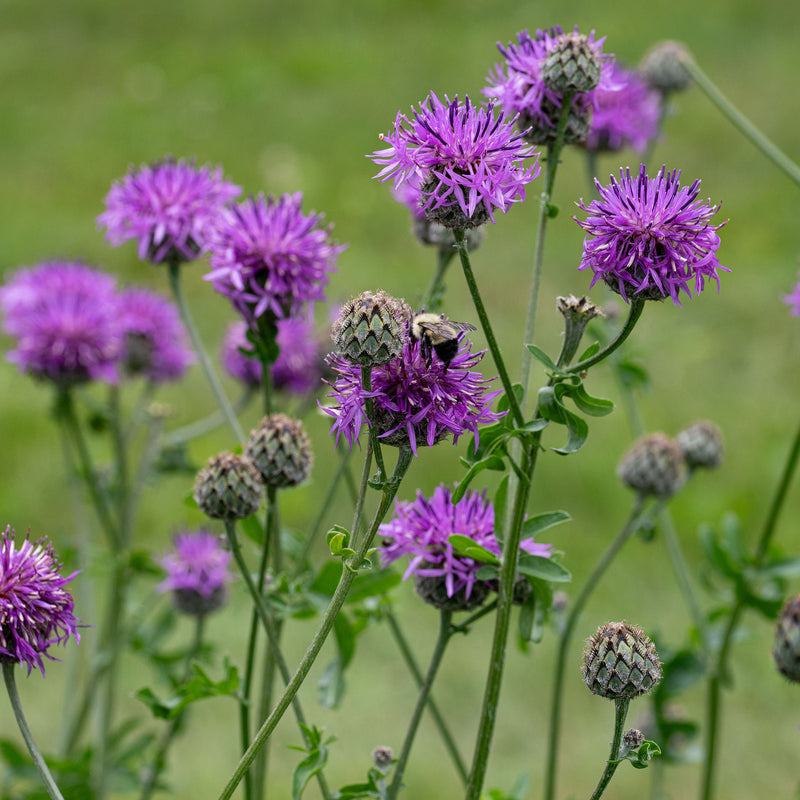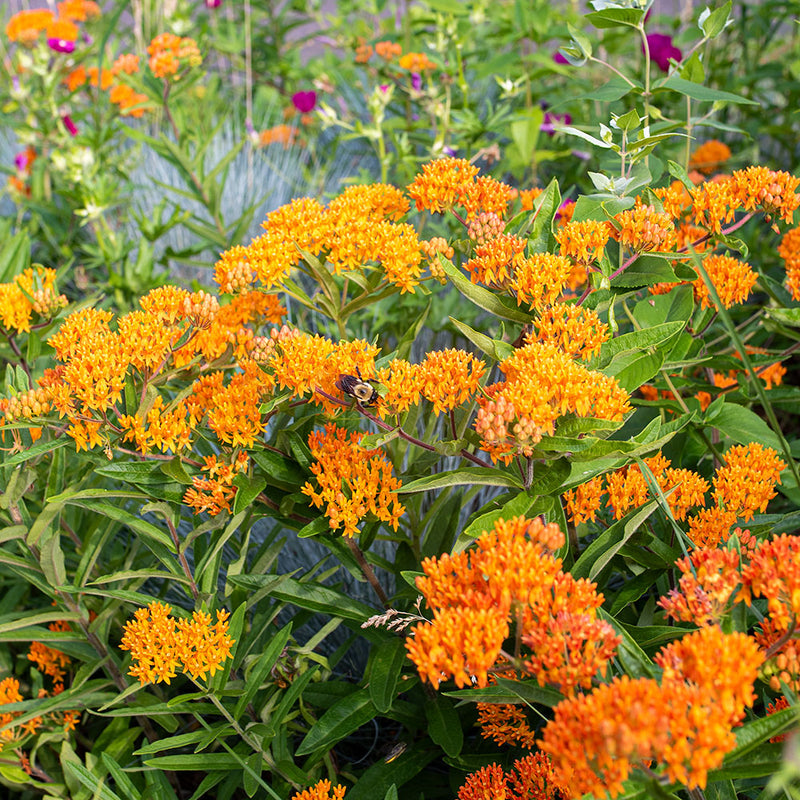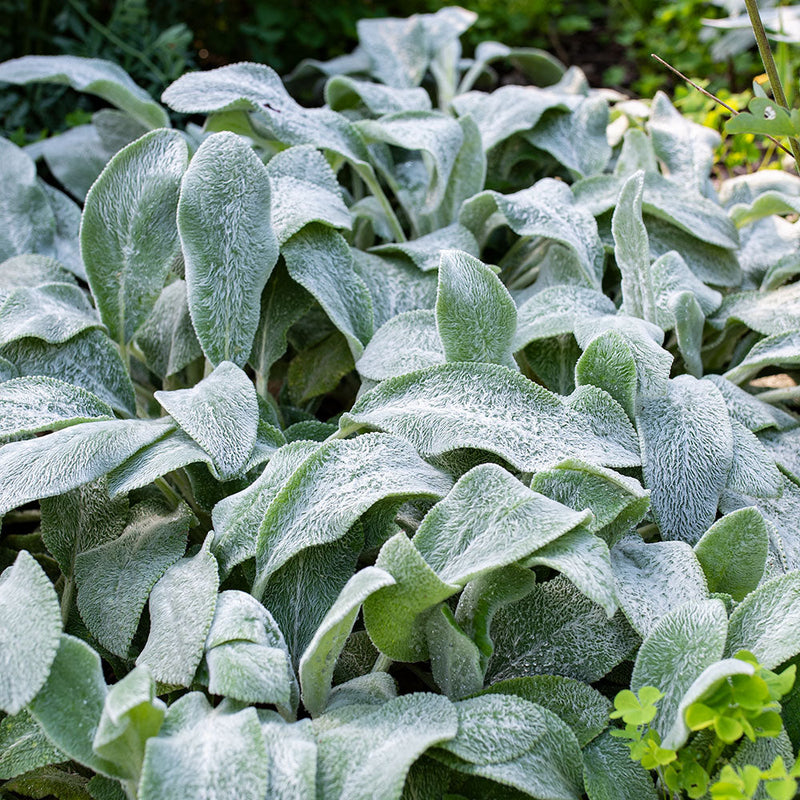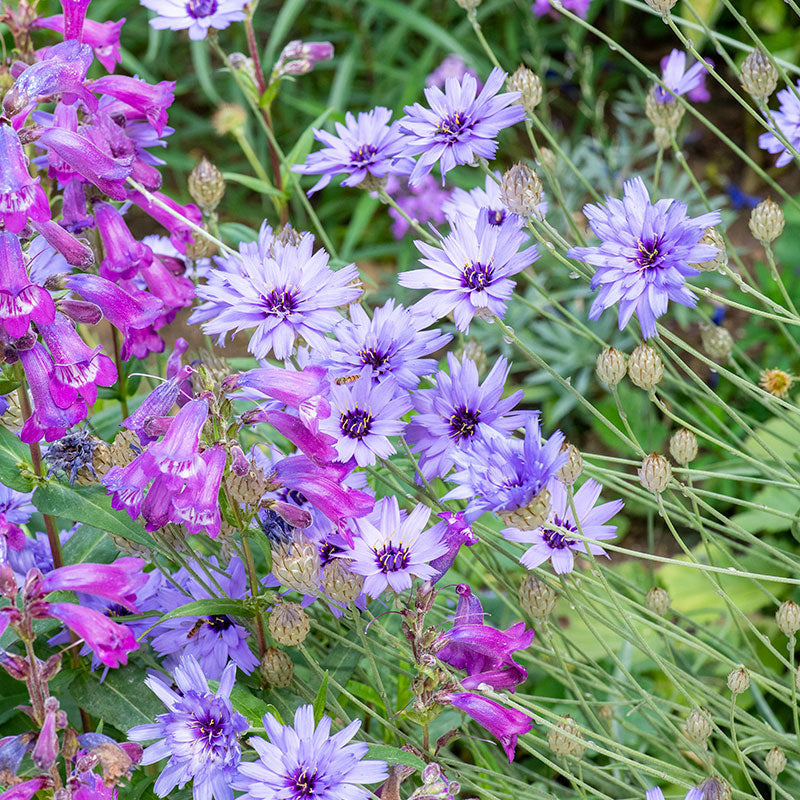Seed Packet
Blackberry Lily
Belamcanda chinensis syn. Iris domestica
In the early 1800s blackberry lily was called Chinese Ixia, referring to its native land. Fan-shaped leaf blades hold sprays of bright red-speckled flowers, each lasting but a day, to be followed by many more during its summer bloom time. Then, in early fall, seed capsules split open from their papery enclosure to reveal glistening blackberry cones prized in dried arrangements. Grow in groups mid-border in moist but well-drained sites.
SKU #S023
Growing Companions
